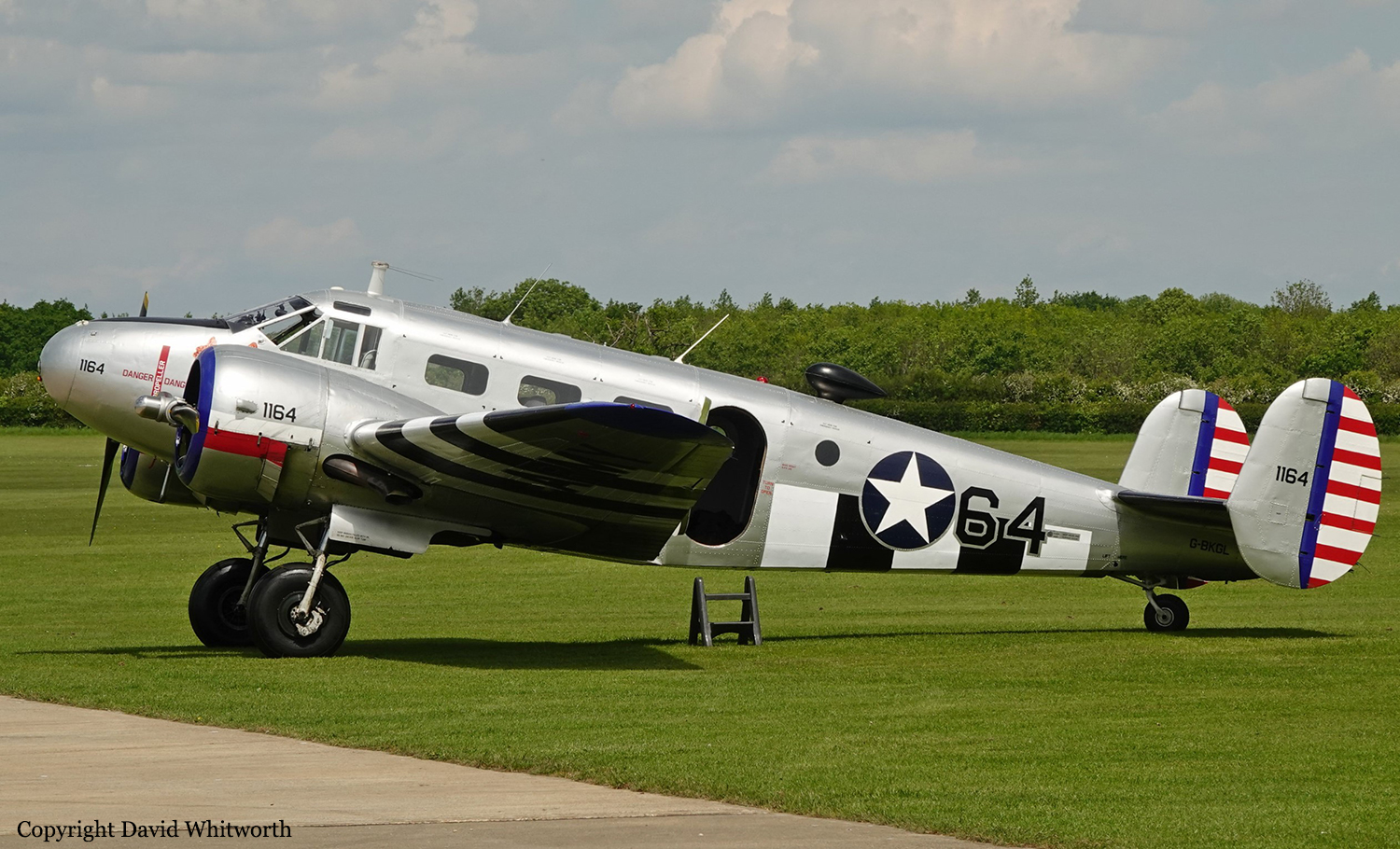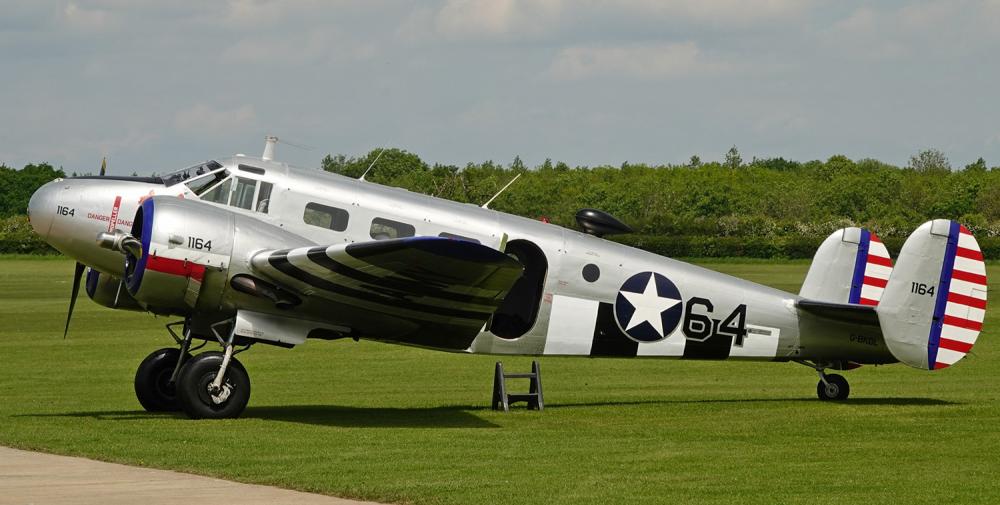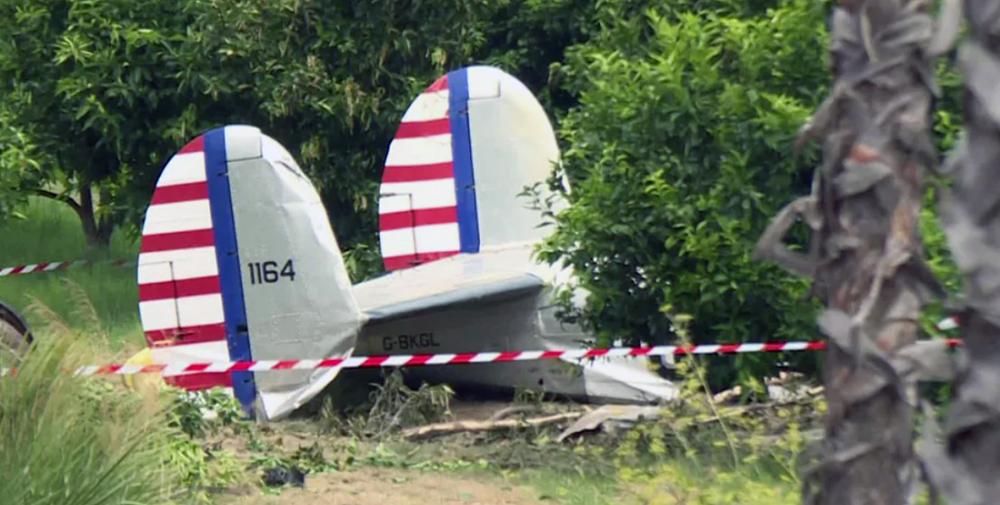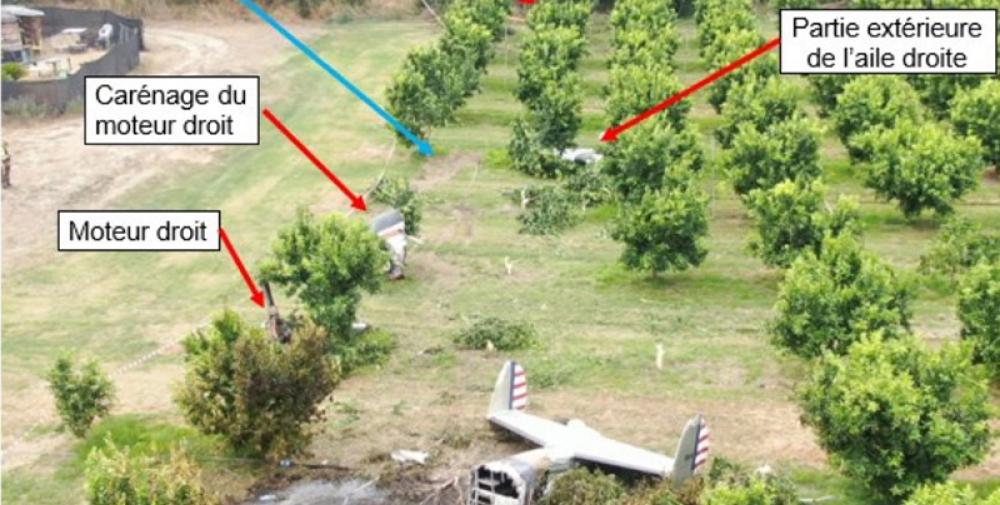Date & Time:
Sep 14, 2021 at 1025 LT
Type of aircraft:
Beechcraft D18
Operator:
Aerial Advantage
Registration:
G-BKGL
Flight Phase:
Landing (descent or approach)
Flight Type:
Test
Survivors:
Yes
Schedule:
Bastia - Bastia
MSN:
A-764
YOM:
1952
Country:
France
Region:
Europe
Crew on board:
1
Crew fatalities:
0
Pax on board:
2
Pax fatalities:
0
Other fatalities:
0
Total fatalities:
0
Captain / Total hours on type:
15
Circumstances:
On August 19, 2021, the airplane was acquired by a British citizen in Saudi Arabia and repatriated to UK via Egypt, Crete, Greece, Croatia and France. On August 25, en route from Croatia to France, the right engine suffered a loss of hydraulic pressure after the cylinder n°5 failed. The crew diverted to Bastia-Poretta Airport where he landed safely. On September 13, the cylinder n°5 was replaced by a qualified technician and a post maintenance control flight was scheduled for September 14, despite the pilot was slightly ill. The airplane departed Bastia-Poretta Airport at 1010LT and six minutes later, the pilot informed ATC that the control was completed and that he wanted to return to the airport. Due to departure traffic, the pilot was asked to fly along the mountain for a left hand circuit to land on runway 34. Seven minutes later, the right engine failed, followed 20 seconds later by a loss of power on the left engine. With a rate of descent between 900 and 1,500 feet per minute, the pilot was unable to reach the airport and attempted an emergency landing when the airplane impacted trees and crashed in an orchard, bursting into flames. All three occupants escaped the airplane by their own and were injured. The airplane was totally destroyed by a post crash fire.
Probable cause:
Most likely, the fuel selectors were in the 'Nose' position at start-up. The pilot thought that the main tanks were selected. He probably took off and flew on the 'Nose' tank, common to both engines, without realizing it. At the end of the downwind leg, having probably consumed all the fuel available in the 'Nose' tank, the right engine stopped. In this hypothesis, the left engine would also have suffered the effects of a fuel supply failure. This hypothesis is consistent with the observation of the position of the left and right fuel selectors on 'Nose' in the wreckage, and the pilot's initial testimony that the selectors had not been manipulated. The pilot, who was no longer able to hold the landing and was too far from the runway to reach it, was unable to avoid colliding with trees during the forced landing. His attention was focused on the aircraft's path, and he didn't think to switch off the battery, magnetos or the fuel supply system. During the collision with trees, the right engine and wing were torn off, and a fire broke out.
It is considered that the following factors may have contributed to the probable selection of fuel selectors on the 'Nose' instead of the main tanks:
- The pilot's lack of experience on type, which could have exposed him to a selection error and which was not conducive to his detection during the pre-start-up and pre-takeoff checks;
- The ergonomics of the fuel tank selector levers, which could have led him to think that they were positioned on 'Front';
- The pilot's state of health and fatigue at the time he undertook the flight, which was likely to have impaired his cognitive abilities.
- A form of objective-destination linked to the accumulated delay in repairing the cylinder may have contributed to the pilot's decision not to postpone the flight, despite his altered general state;
- A misrepresentation of the position of the fuel selectors may have led the pilot not to change their position when the engine problem occurred.
It is considered that the following factors may have contributed to the probable selection of fuel selectors on the 'Nose' instead of the main tanks:
- The pilot's lack of experience on type, which could have exposed him to a selection error and which was not conducive to his detection during the pre-start-up and pre-takeoff checks;
- The ergonomics of the fuel tank selector levers, which could have led him to think that they were positioned on 'Front';
- The pilot's state of health and fatigue at the time he undertook the flight, which was likely to have impaired his cognitive abilities.
- A form of objective-destination linked to the accumulated delay in repairing the cylinder may have contributed to the pilot's decision not to postpone the flight, despite his altered general state;
- A misrepresentation of the position of the fuel selectors may have led the pilot not to change their position when the engine problem occurred.
Final Report:
G-BKGL.pdf1.74 MB





